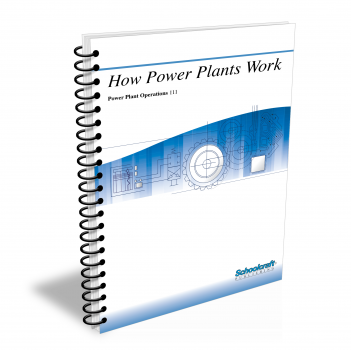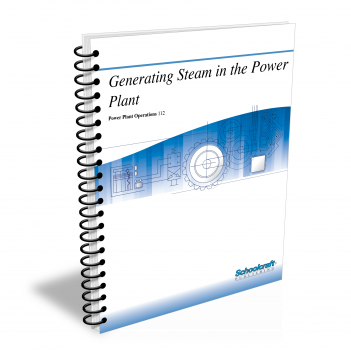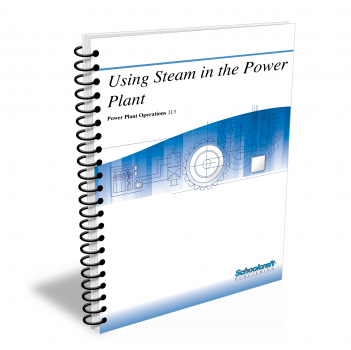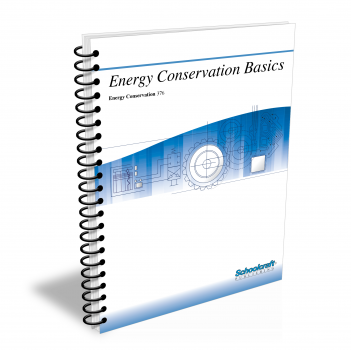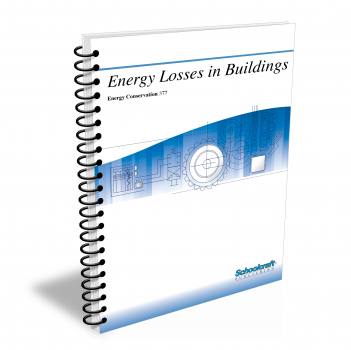Waste-to-Energy Fundamentals
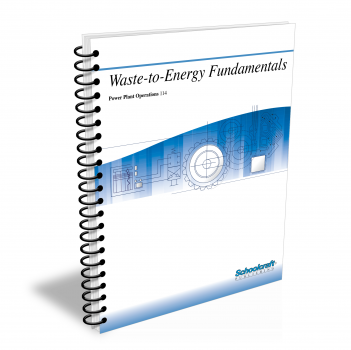
Course Number: 114
The Waste-to-Energy Fundamentals textbook covers the fundamentals of waste combustion - characteristics and handling of MSW fuel, furnace designs, waste combustion, and plant operations.
Does your curriculum require additional topics not included in this textbook? Build a customized version of the Waste-to-Energy Fundamentals textbook below.
Recommended Contact Hours – 14
Preview a Chapter
Available Supporting Material
- Table of Contents
- Exam Copies
- Suggested Titles
Table of Contents
Chapter 1: Introduction to Waste Combustion
Topics: Benefits of converting waste to energy; Environmental regulations; The Clean Air Act; Permit program; Reporting procedures
Learning Objectives:
- Summarize the history of waste handling.
- List some problems associated with landfills and the benefits of waste-to-energy conversion.
- Name the federal regulations that apply to MWCs.
- Explain how NSPS regulations affect the operation of
Chapter 2: Characteristics of MSW Fuel
Topics: MSW definitions, classification, and composition; MSW handling safety; MSW and refuse-derived fuel; MSW compared to fossil fuels
Learning Objectives:
- State the definition of MSW and list some kinds of waste excluded from MSW.
- Explain the various methods of classifying MSW.
- Discuss safety concerns related to the handling of MSW.
- Explain the differences between mass-burn MSW and RDF.
- Compare and contrast MSW and fossil fuels.
Chapter 3: MSW Handling
Topics: Solid materials flow path; Weight scale operation; Tipping floor and refuse pit; Receiving and feeding equipment; Front-end conveyor systems; Feed systems; Ash removal
Learning Objectives:
- Describe the MSW flow in a mass-burn and an RDF facility.
- Explain the responsibilities of the weight scale operator.
- Describe the tipping floor and refuse pit.
- Explain how odors are managed in an MSW facility.
- List typical receiving and feeding equipment and explain its functions.
- Describe how conveyors are used in a typical RDF facility.
Chapter 4: Furnace Designs
Topics: MWC designs; Mass-burn designs; Rotary combustors; RDF designs
Learning Objectives:
- Explain the impact of corrosion on MWC design.
- Describe mass-burn and RDF feed systems.
- Explain the operation of the following types of stokers: reciprocating grate, reversed reciprocating grate, oscillating grate, roller grate, and traveling grate.
- Define and contrast overfire air and underfire air and explain why the control of combustion air is important.
- Explain the advantages and disadvantages of a rotary combustor.
Chapter 5: Municipal Waste Combustion
Topics: The combustion process; Theoretical and excess air; Heating value; Charging rate; Combustor capacity; Combustion temperatures; Reaction rates; Air pollution control equipment; Slag and soot
Learning Objectives:
- Explain the combustion process as it occurs in a municipal waste combustor.
- Name the two main factors that determine feed rate.
- Define the terms theoretical air and excess air and tell why they are important.
- Explain the use of common air pollution control equipment and processes.
- Tell how soot and slag are formed and how they are removed.
Chapter 6: Ash Handling and Material Recovery
Topics: Characteristics of MSW ash; Safety and handling requirements; Ash treatment and testing; Transport and loading systems; Material recovery
Learning Objectives:
- List the major ash handling equipment.
- Describe the ash treatment and testing program.
- List the materials recovered from ash.
- List some potential uses for ash.
Chapter 7: Integrated Plant Operations
Topics: Principles of plant operation; Operator training; Upset conditions; Operating procedures; Troubleshooting; Basic plant economics
Learning Objectives:
- State the main responsibilities of an MWC operator.
- Define the terms turnover, parameter, and walkdown as they relate to MWC operations.
- Explain the importance of operator training.
- Describe the three upset conditions in an MWC that can be dangerous to personnel and property.
- List the causes and symptoms of common MWC process problems.
- List the three sources of profit in a typical MWC.
Request Exam Copies
Exam Copies
Ready to see a copy of our textbooks? After selecting which textbooks you’d like to review for your course, you can submit your request by either logging in or creating an account so we know where to ship your exam copies. A representative from Schoolcraft will contact you to confirm and finish processing your request.
Exam copies are always free and yours to keep.
Selected Exam Copies
none selected
* Maximum of five copies can be ordered
